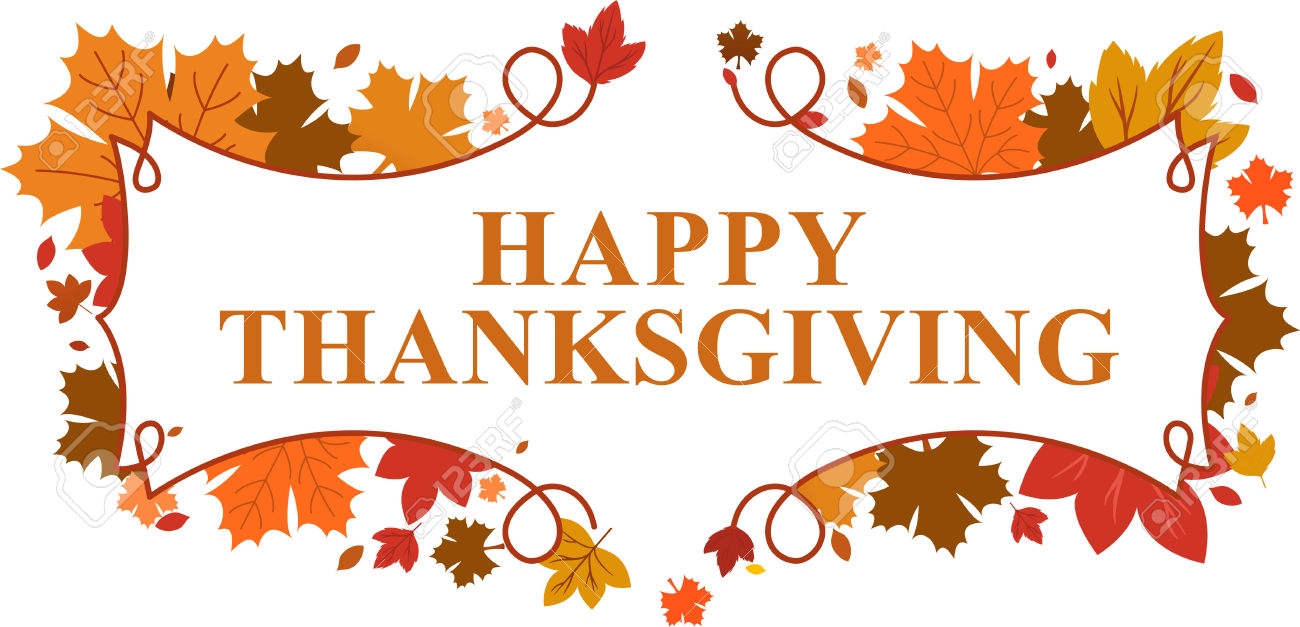
HS/HSL Holiday Hours
Wednesday, Nov. 21st 6am – 6pm
Thursday, Nov. 22nd Closed
Friday, Nov. 23rd Closed
We will return to our regular schedule on Saturday, November 24th.

601 West Lombard Street
Baltimore MD 21201-1512
Reference: 410-706-7996
Circulation: 410-706-7928

HS/HSL Holiday Hours
Wednesday, Nov. 21st 6am – 6pm
Thursday, Nov. 22nd Closed
Friday, Nov. 23rd Closed
We will return to our regular schedule on Saturday, November 24th.
November 11, 2018 marks the 100th anniversary of Armistice Day, the day World War I came to an end. In 1954 the United States renamed the holiday Veteran’s Day to honor and celebrate all those who have served in a branch of the United States Armed Forces.
World War I, known as “the war to end all wars, ” began on July 28, 1914. After the United States joined in the war effort in April 1917, the University of Maryland, Baltimore moved forward with the 1917-1918 session. Student numbers, according to an update in The Bulletin of the University of Maryland School of Medicine and College of Physicians and Surgeons, were a bit diminished as upper-class students had joined the military. Additionally, some professors and instructors were serving their country in the war. The biggest issue was staffing the hospitals associated with the University as nurses and doctors were called on to serve.
Soon after the United States joined World War I, Dr. Archibald C. Harrison, Professor of Anatomy and Clinical Surgery at the University of Maryland School of Medicine, began advocating for the formation of a University of Maryland Base Hospital. Base Hospitals were under the American Expeditionary Forces (AEF) to treat the wounded and sick from the battlefields in Europe. Dr. Harrison worked with medical faculty at the University to form Base Hospital No. 42 by June 1917.
The hospital was staffed by 100 nurses—30 were graduates from the University Hospital Training School for Nurses—35 officers and 200 enlisted men. Most members of Base Hospital No. 42 came from the University of Maryland or from elsewhere in Baltimore and Maryland. The unit received training at Camp Meade, Maryland before arriving in Bazoilles-sur-Meuse, France in July 1918. The Base Hospital joined five others to form the Bazoilles Hospital Center, which also included a Base Hospital from Johns Hopkins University (No. 18).
Mary Gavin, a graduate of the University Hospital Training School for Nurses in 1908, served as chief Nurse of Base Hospital No. 42. After the hospital was demobilized, she became Chief Nurse of Evacuation Hospital 21 until returning to the United States in June 1919. Remaining with the Army Nurse Corps, she was named First Lieutenant and promoted to Captain in 1940 and to Lieutenant Colonel in 1943. Gavin retired from service in 1944 and passed away on November 13, 1968.
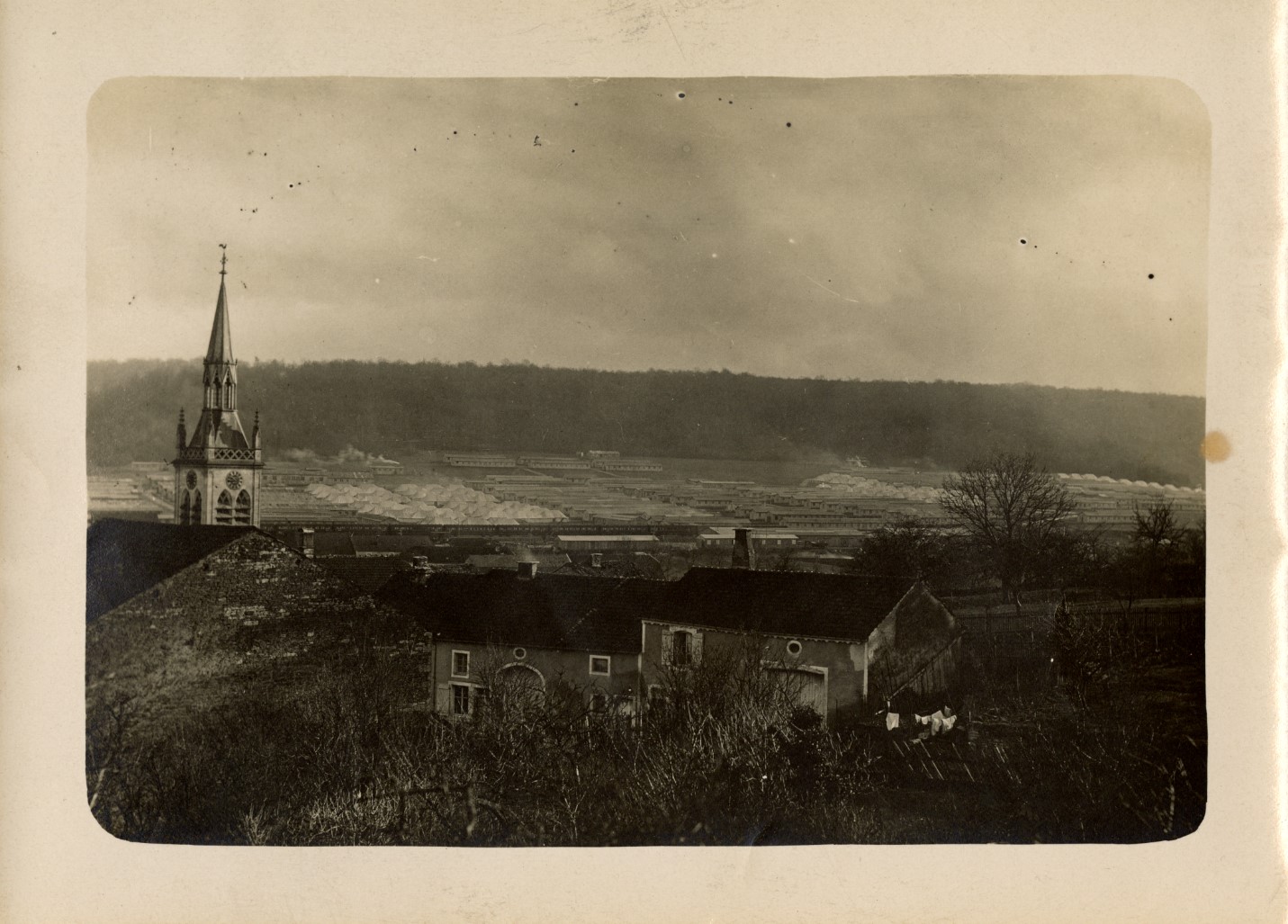
Photograph of Bazoilles Hospital Center by Dr. John Carey Taylor, Photograph held in the HS/HSLs Historical Collections.
Base Hospital No. 42 treated 2,593 surgical and 4,559 medical cases from July 1918 to January 1919; most of which arrived between September and October 1918, the height of American Army operations. The hospital was closed on January 8, 1919. A third of the nursing personnel joined the AEF to serve in the replacement hospital, Evacuation Hospital No. 21. All members of the Base Hospital were demobilized on May 2, 1919 at Camp Meade, MD.
The University of Maryland was also a site for a Student Army Training Corps (S.A.T.C.), a WWI program aimed at keeping men in school, while also training them for military service. S.A.T.C.’s were formed at 525 different schools and were a way for schools to continue operations and support the War effort.
The University of Maryland, S.A.T.C. was formed by October 1918. Members of the unit trained before and after school, reporting to breakfast at 6:35am and drilling until 8:30am before breaking for school from 9am to 5pm. Additionally, three classes a week were aimed at teaching War and Military tactics. After 6pm, students again reported for drills; leaving very little time for actual study or school work. This program ended on December 14, 1918. Most of the class histories in the 1919 Terra Mariae Yearbook, hint at the distraction caused by the S.A.T.C.; indicating most students wanted to focus on their studies rather than war training.
Following the war in October 1919, then Librarian, Ruth Lee Briscoe, compiled a list of those who passed in the War or from complications of the war. The list numbered over 40 alumni, faculty, and students. The University of Maryland, Baltimore served its country well during World War I.
Interested in learning more about the University of Maryland, Baltimore during World War I? Contact Historical Librarian and Archivist, Tara Wink for more information. The Health Sciences and Human Services Library extends our thanks to Veterans on this 100th anniversary of Armistice Day and every day.
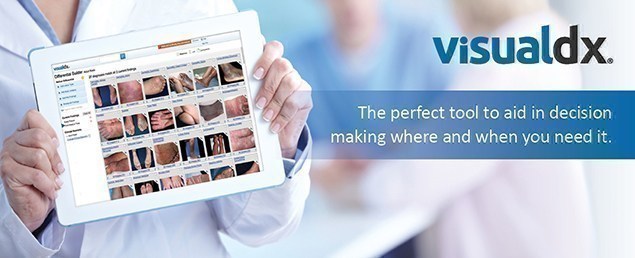
VisualDx is a diagnostic clinical decision support system designed to enhance diagnostic accuracy, aid therapeutic decisions, and improve patient safety.
Clinicians can quickly build a custom differential diagnosis across general medicine or use the powerful search function to access patient-specific clinical information and medical images.
VisualDx is a tool for frontline healthcare workers, it provides a curated, peer-reviewed approach for quality patient care.
To create an account in VisualDX:
1. Go to VisualDX from the HS/HSL’s list of databases.
2. Click “Get the Mobile App,” then
3. Click “Create a Personal VisualDX Account.”
4. Provide an email and password to set up your account.
5. Get the app from the Apple App Store or Google Play.
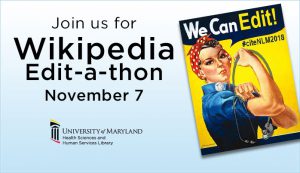
On Nov. 7, health professionals, students, and librarians from all over the country will join forces for an all-day edit-a-thon. Participants will edit Wikipedia articles on women’s health topics and improve citations using trusted National Library of Medicine (NLM) resources. The HS/HSL is hosting a two-hour drop-in session with librarians from the HS/HSL and the National Network of Libraries of Medicine to help if you’ve never edited Wikipedia before. If you are unable to attend the event, you can still participate virtually all day. Join us in HS/HSL in Room LL05 on the Lower Level.

Drop by for a sweet treat (while supplies last)!
Due to software updates and modifications that must be completed, printing at the HS/HSL will be down on Wednesday, Oct. 24th from 5PM – 7PM. Please come to the Information Services Desk during this time and we will happily print for you.
We apologize for the inconvenience. Contact the Information Services Desk if you have questions or need assistance, hshsl@umaryland.edu, 410-706-7995.

We are currently unable to print canvas posters due to a malfunction with our poster printing plotter. We are waiting for a technician to repair the canvas functionality if possible, but do not have a time frame of when it will return.
We are still able to print on glossy paper with our usual 2 business day turnaround time.
Contact the Information Services Desk if you have any questions: hshsl@umaryland.edu, or 410-706-7995.
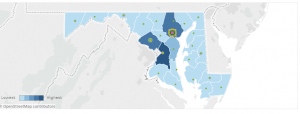
A new demographics dashboard was recently launched by hrsa.gov. The interactive tool combines population, income, age, and other Census data with HRSA grant funding, shortage areas, loan repayment, and scholarship awards. Take a look at the new Demographics Dashboard today!

The HS/HSL welcomes the Maryland Poison Center of the University of Maryland School of Pharmacy as a support to the National Library of Medicine’s Pick your Poison: Intoxicating Pleasures & Medical Prescriptions exhibit. Stop by the table in the Weise Gallery to pick up information about the Center and poison prevention.
The Maryland Poison Center is part of the University of Maryland School of Pharmacy and is located on campus. The Center staffs a 24-hour helpline for Marylanders with questions about overdoses and poisonings; since its founding in 1972 the center has answered more than 2.2 million calls. The Maryland Poison Center also educates the public and health professionals about poison prevention through a variety of methods including classes, training, and publications. To learn more about the center check out their website.
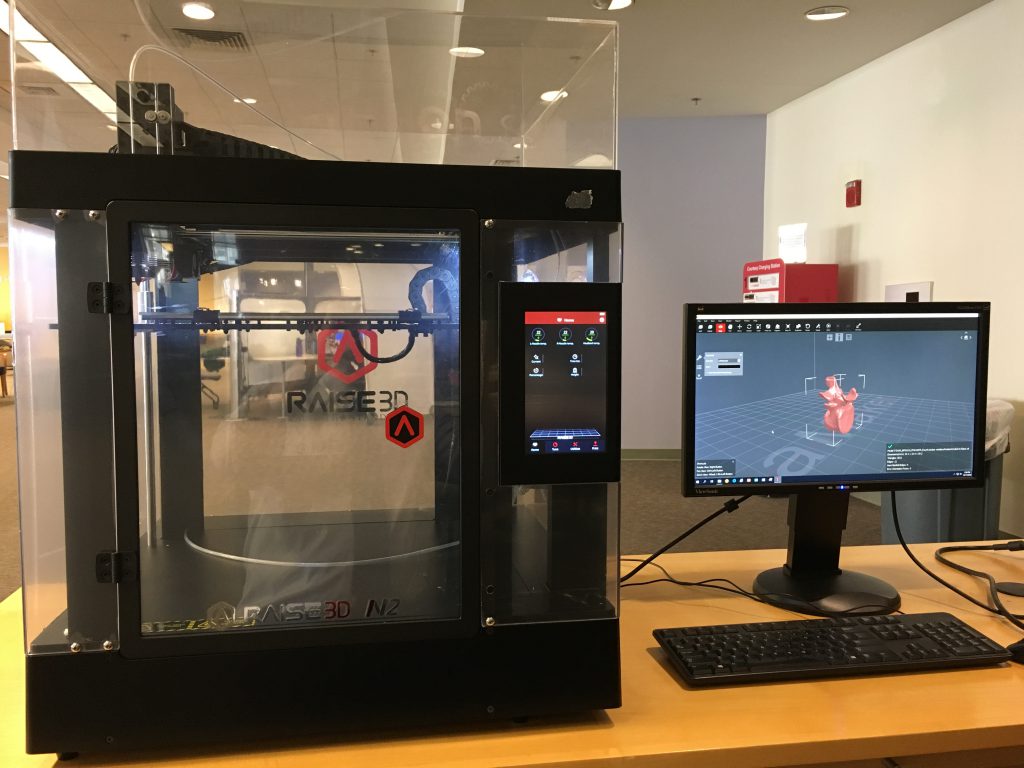
The HS/HSL Innovation Space recently expanded its prototyping power with the addition of a 3D printer. The new Raise3D N2 printer provides a larger build volume than what was previously available. But perhaps more importantly, the N2 can print with a z-height resolution of 10 microns (0.01 mm), an order of magnitude finer than its counterparts.
“There have been times our printers weren’t capable of printing a user’s design due to resolution constraints. The new N2 printer will help out in this area,” said Brian Zelip, Emerging Technologies Librarian.
Some specifications of the N2 include:
The N2 printer will initially be reserved for research needs.
To find out more about the N2, see our guide.
To find out more about how the Innovation Space impacts research, subscribe to our email newsletter.